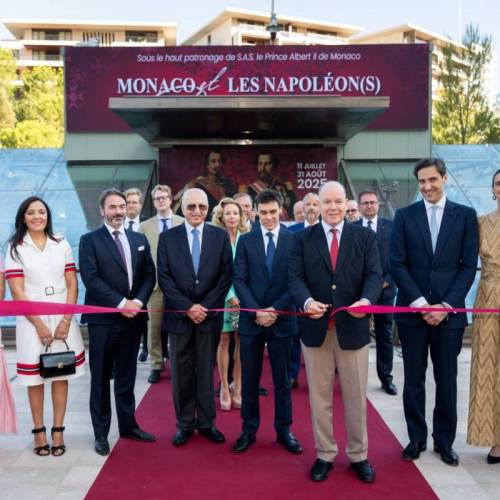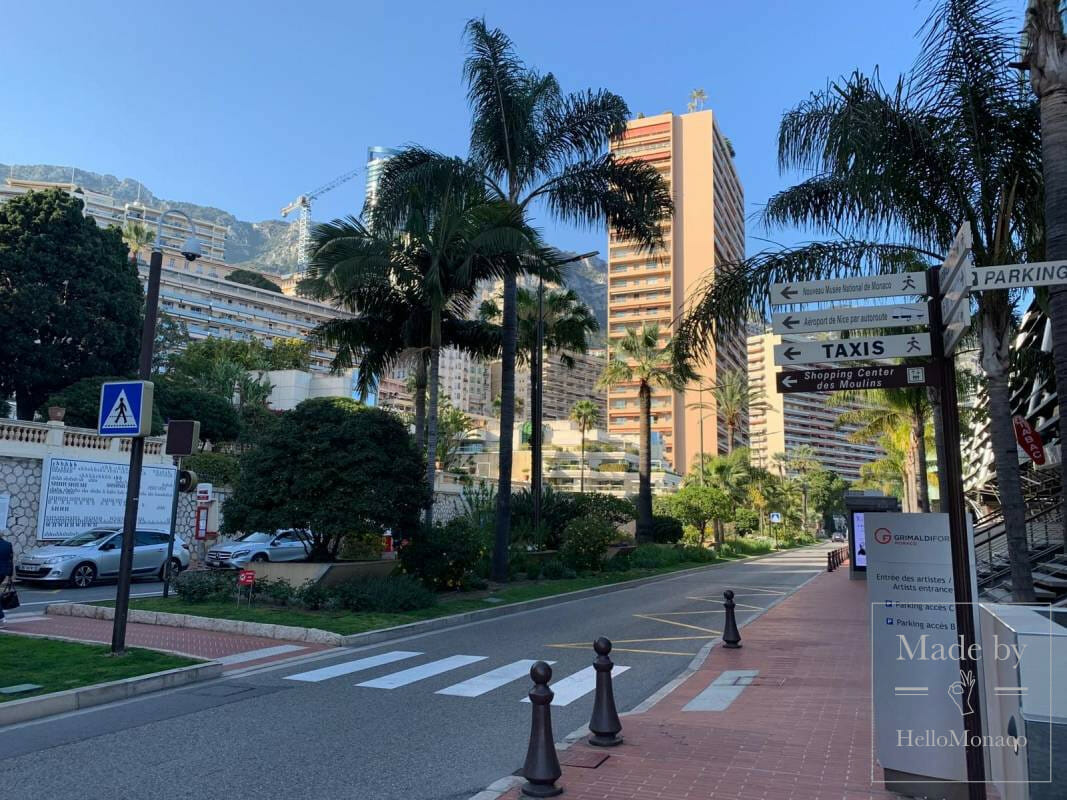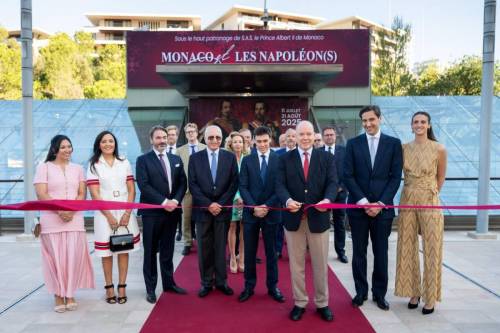Phone booths were once a strong symbol of public communication. A staple of the 20th century urban landscape, they are now a dying breed in many metropolises. Whether you associate them with nostalgia, pop culture (Dr. Who, Superman, Maroon Five) or see them as vandalized eyesores from a bygone era, phone booths have had their heyday and may still have a future as something new and enchanting.
10 years ago, the Principality had 185 payphones, whereas today there are only 30 left. The popularity of the cell phone means that phone booths have been on the decline for several years. Monaco has not established a specific dismantling plan concerning phone booths, unlike France, where payphones have been under threat since 2015 by Macron law.
Currently, Monaco Telecom is no longer bound by any public service obligation to upkeep payphones, meaning that they will gradually be dismantled if they are unused or in bad shape. Twenty years ago, France had about 300,000 telephone booths. Today, only 87 are left in working order, including only one in the neighbouring Alpes-Maritimes department. These phones are generally located in areas which are not covered by a mobile network.
Upcycling a telephone booth…
Several phone booths are still in use in the Principality. They are located near the Maison d’arrêt, Place Sainte-Dévote, Larvotto Beach and Place du Palais. However, their use remains minimal. The removal of a telephone booth is expensive: between 5,000 euros to 6,000 euros, because removal requires civil engineering work, including repairing the sidewalk where it was installed.
Several projects have been considered to upcycle the remaining telephone booths in Monaco. The possibility of turning them into wifi hotspots was studied, but without success, because the cabins are not electrically connected. Cities in France and around the world have turned phone booths into collaborative libraries. Other phone booths have been turned into giant goldfish tanks, light installations, mini-cafés, plant boxes, or “history boxes” filled with photos and information about the area.
A way to communicate with the dead: in Otsuchi, northern Japan, a phone booth was installed with a disconnected rotary phone and painted white by a resident. 2,000 residents of the small town were lost in the tsunami in 2011. Many people still travel to Otsuchi to make a phone call to those who are no longer with us.
A Brief History of telephone booths in Monaco
-1960s: First public telephone.
-1970s: First coin operated phone booth.
-1990s: Calling cards are put into service.
-2014: Dismantling of payphones begins, there are 184 left.
-2017: Calling card marketing ends.
-2021: 31 cabins are still in operation.
-In 2004, the average usage of payphones was 6,000 hours per year. In 2014, this number dropped to only 6 hours per year.









